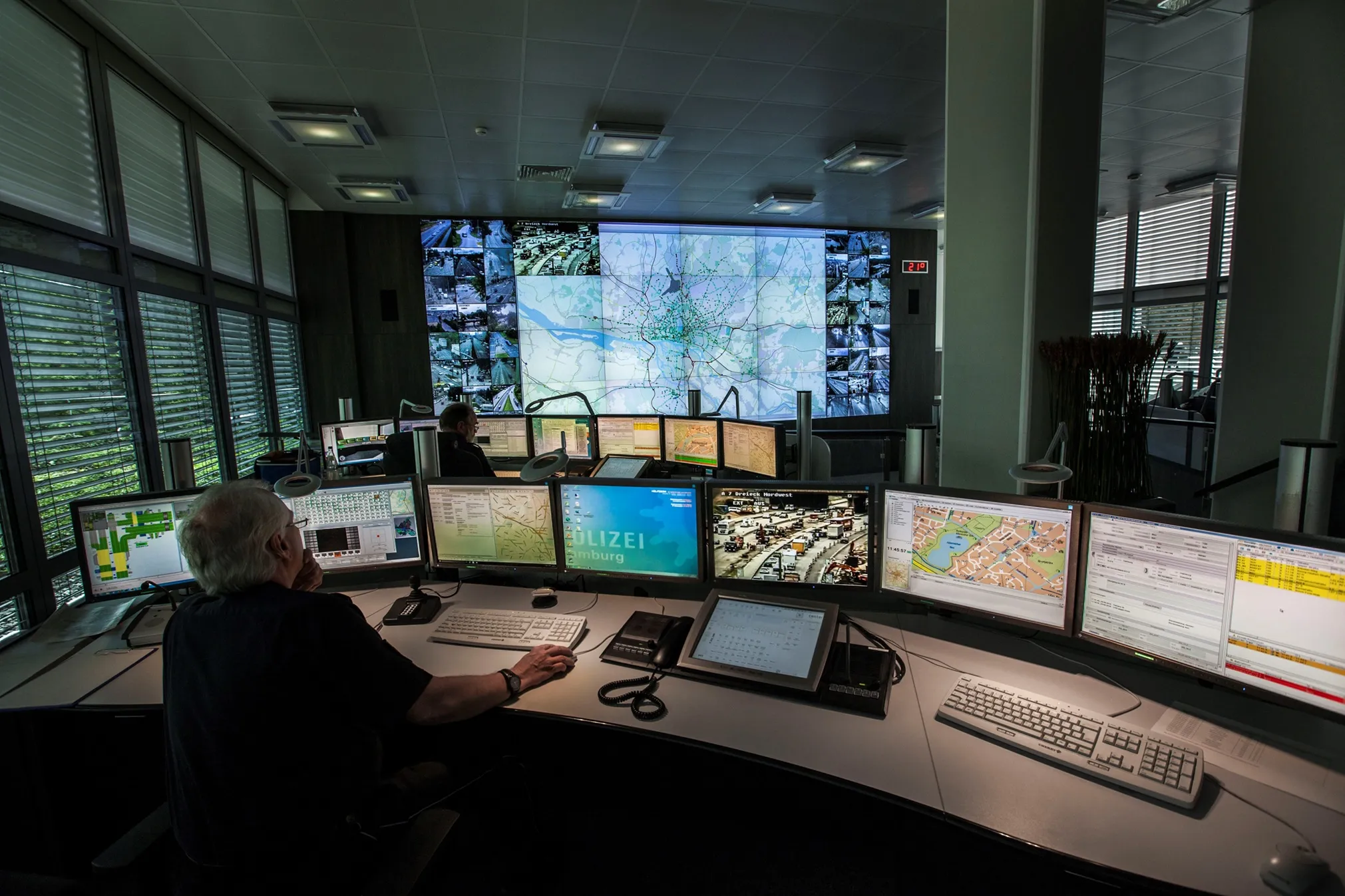
Since the 1990s, a number of bus and coach companies have sprung up in Europe to carry passengers all over the continent. Now, buses and coaches account for 55% of public transport in Europe and the bus and coach industry employs around eight million people throughout Europe.*
At the same time the fear of terrorism and other attacks is always in the back of travellers’ minds, especially in inner cities. This means that security measures are much more important to transportation companies now, and there are a number of solutions available to make buses and coaches more secure. However, there’s also an added extra – due to the development of smart technologies using artificial intelligence (AI), surveillance equipment can also be used to gain useful information, such as comparing actual amounts of people to the data from the check-in cards to analyse percentage of fare dodgers.
Equipment mounted on a public transportation vehicle needs to have certain characteristics. It needs to be able to operate in changing environments – both in terms of the moving vehicle and potentially changing power voltage levels. Hikvision’s range of mobile cameras, both IP and analogue are designed with this in mind – including airbag technology, reinforced cameras and silicon pads to increase shock absorption. All of these things work to ensure the sharpest images are captured, no matter how rough the ride. They also have a wide range isolated power supply to adapt to sudden voltage changes, low voltage detection or voltage surge protection.
The other important element of a mobile solution is the fact that a bus or coach is constantly on the move. This means that data needs to be transmitted using wireless networks, often 4G. This is optimised by dual-card design and zero channel functionality, which allows a number of channels to be combined into one signal, maximising the wireless network available on the move.
 Finally, all of this data needs to be analysed so that it can be monitored and used for action. This is where the HikCentral software comes in. It allows operators in a central location to track the vehicles in real time and manage alarms. It can also push instant messages to drivers, for example, if the operator can see a threat to a passenger. All of this can also be managed through a mobile device, making it flexible for all sorts of users and use cases.
Finally, all of this data needs to be analysed so that it can be monitored and used for action. This is where the HikCentral software comes in. It allows operators in a central location to track the vehicles in real time and manage alarms. It can also push instant messages to drivers, for example, if the operator can see a threat to a passenger. All of this can also be managed through a mobile device, making it flexible for all sorts of users and use cases.
The combination of robust, specially designed devices and smart functionalities gives bus and coach operators the edge in their drive to make public transport as safe as it can be and as efficient as they can make it. Hikvision can provide a complete solution to bus and coach operators throughout Europe, helping to streamline a huge network getting passengers from A to B securely and in time.
*According to IRU (global industry association for road transport)
For more information click here: https://www.hikvision.com/europe/solutions/solutions-by-industry/public-transport/onboard/
Sponsored content produced in association with Hikvision










